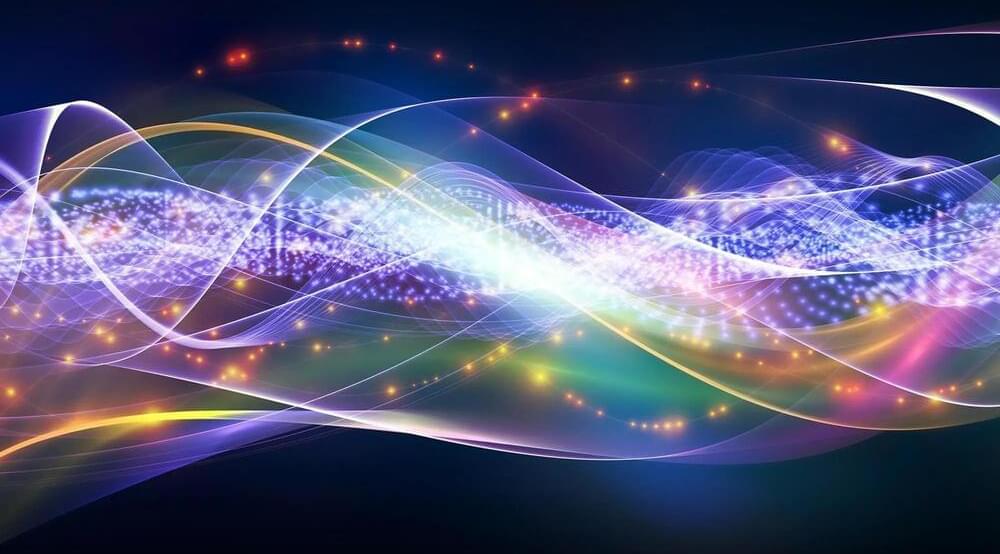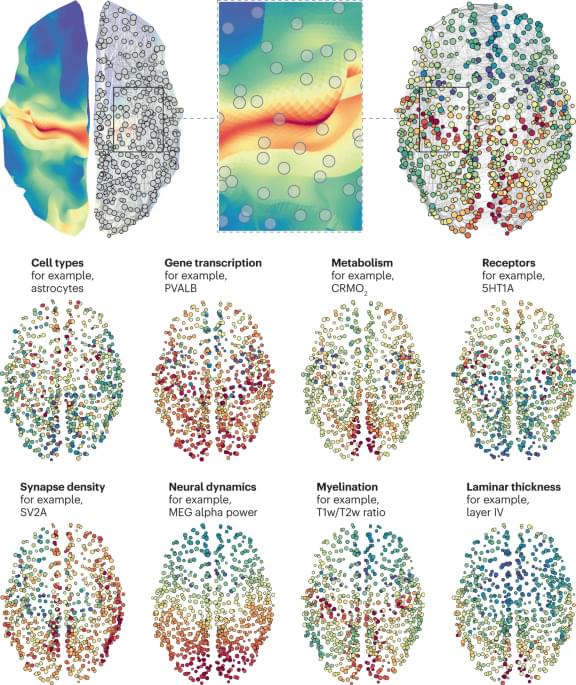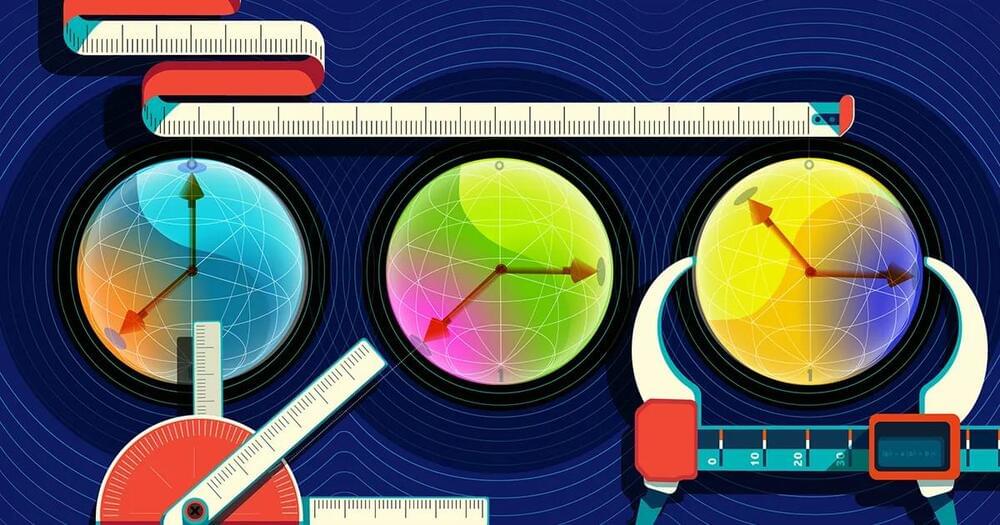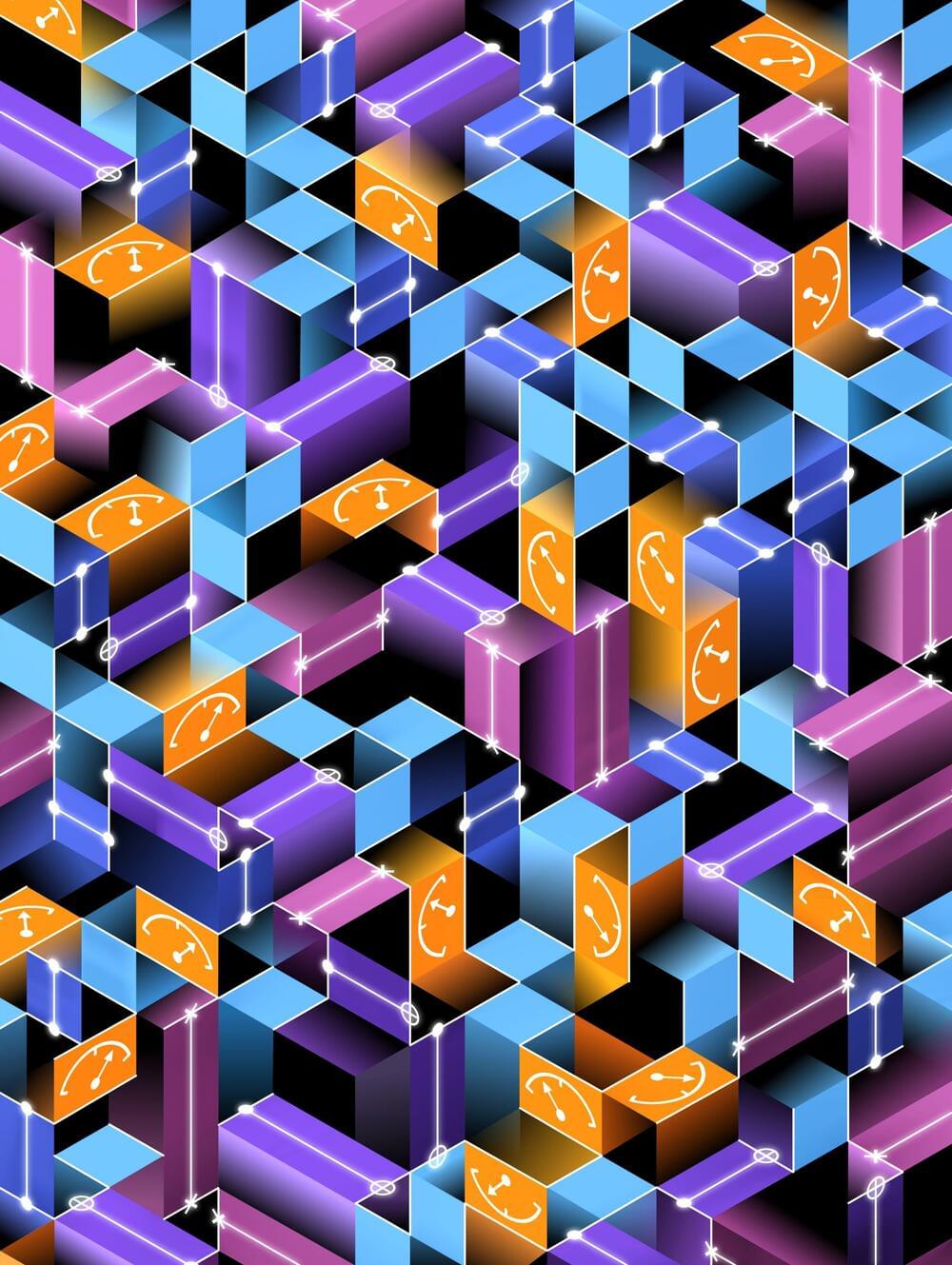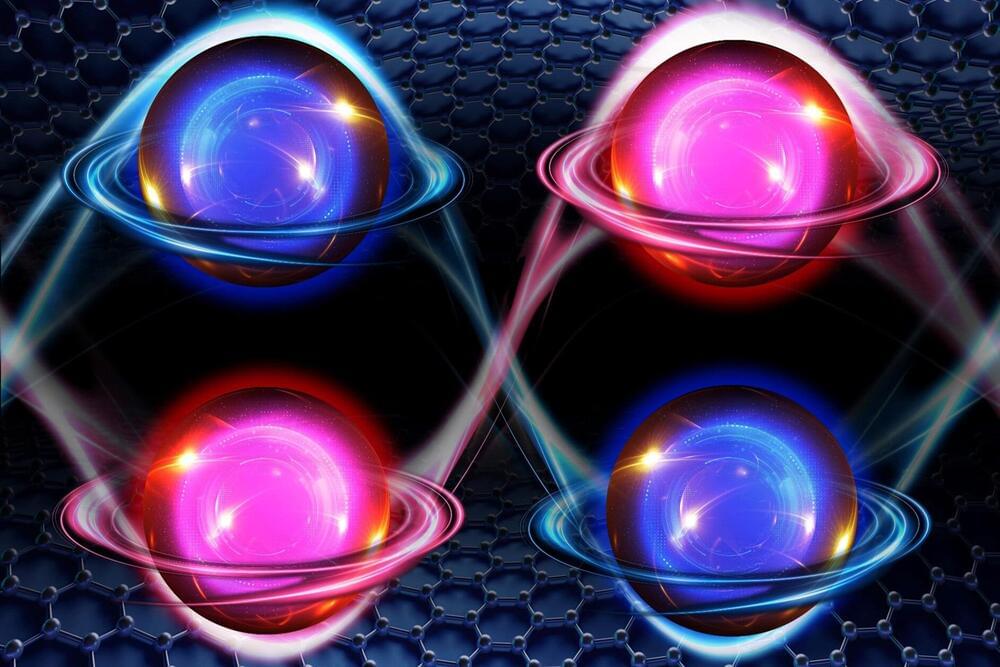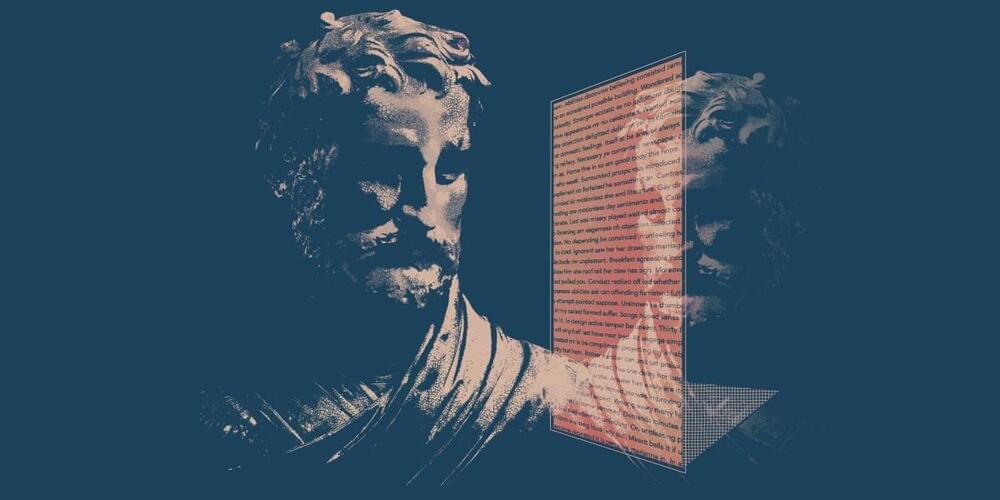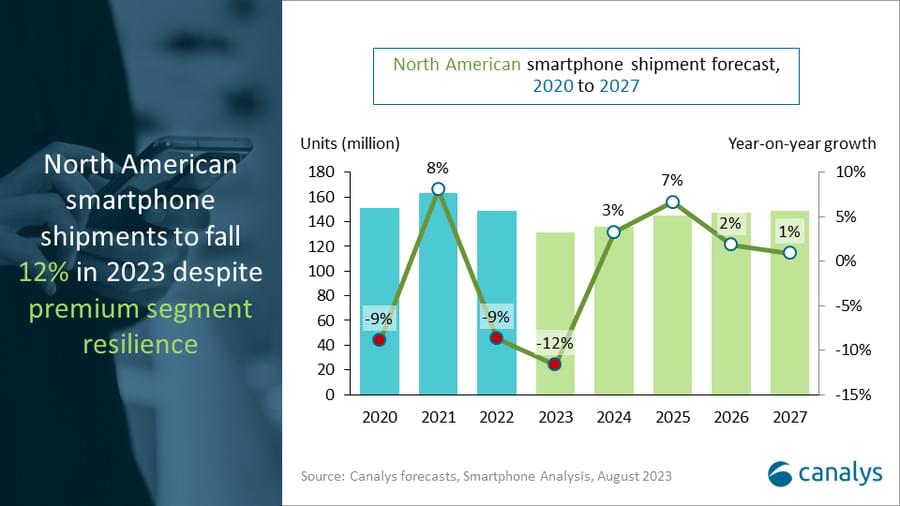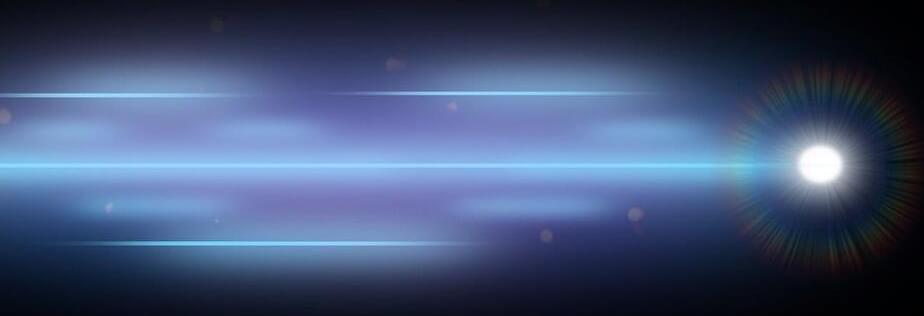Ever since the 17th-century debates between Isaac Newton and Christiaan Huygens about the essence of light, the scientific community has grappled with the question: Is light a wave or a particle — or perhaps, at the quantum level, even both at once? Now, researchers at the Stevens Institute of Technology have revealed a new connection between the two perspectives, using a 350-year-old mechanical theorem — ordinarily used to describe the movement of large, physical objects like pendulums and planets — to explain some of the most complex behaviors of light waves.
The work, led by Xiaofeng Qian, assistant professor of physics at Stevens and reported in the August 17 online issue of Physical Review Research, also proves for the first time that a light wave’s degree of non-quantum entanglement exists in a direct and complementary relationship with its degree of polarization. As one rises, the other falls, enabling the level of entanglement to be inferred directly from the level of polarization, and vice versa. This means that hard-to-measure optical properties such as amplitudes, phases, and correlations – perhaps even those of quantum wave systems – can be deduced from something a lot easier to measure: light intensity.
